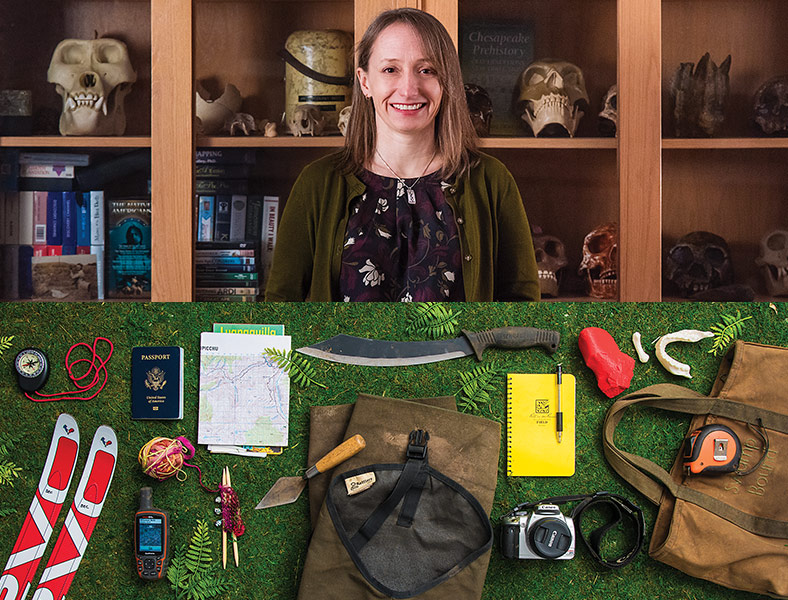
My dissertation is on the Great Dismal Swamp, 112,000 acres in Virginia and North Carolina where communities of maroons (escaped slaves) lived from 1680 to 1860. The location is remote; a compass helps me get in and out.
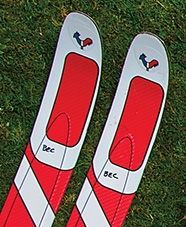
I love to go for long skis in the Maine woods, or down 16th Street or in Rock Creek Park when we have big storms here.
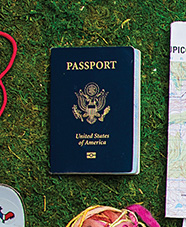
The only stamps in my current passport are for South Africa but I almost ran out of pages in my previous one.
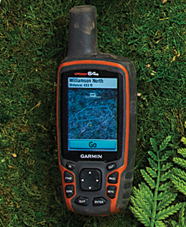
GPS is handy for navigation and recording specific locations—although I can't always get a signal in the swamp.
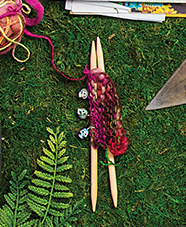
I enjoy knitting, although I've sworn off big projects until I finish my dissertation. A friend gave me these skull-shaped stitch markers to honor the discovery of Homo naledi, a new species of human relative, in South Africa in 2013. I was one of six female scientists who retrieved 1,500 bones and teeth from the site.
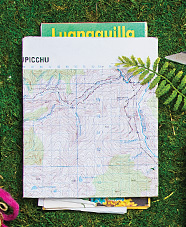
Before I got into archeology I led wilderness expeditions; I've always liked maps and learning about the landscape.
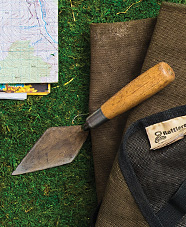
A trowel is a basic archeological tool used for excavating evidence of what people were doing in the past.
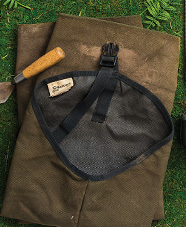
Even though only a few of the 20-plus species of snakes in the Dismal Swamp are venomous, I don't take any chances. I wear chaps for safety.
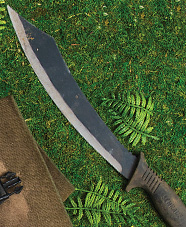
There are lots of vines and thick vegetation in the swamp; a machete helps clear a path.
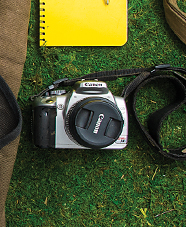
Despite being called the Dismal Swamp, there are lots of animals and great views. I also photograph artifacts.
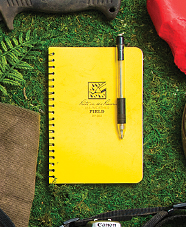
You can only excavate something once; it's important to take careful field notes.

I worked with the DC Public Library to 3D print some Homo naledi bones and swamp artifacts. Giving people something to hold in their hands brings my research to life.
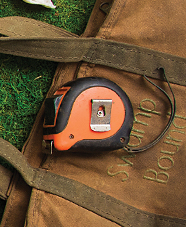
Measuring and recording where artifacts come from is very important.

My bag was a gift from my uncle when I started my fieldwork. It says "swamp bound" to celebrate my work both in the Dismal Swamp and with Outward Bound.
